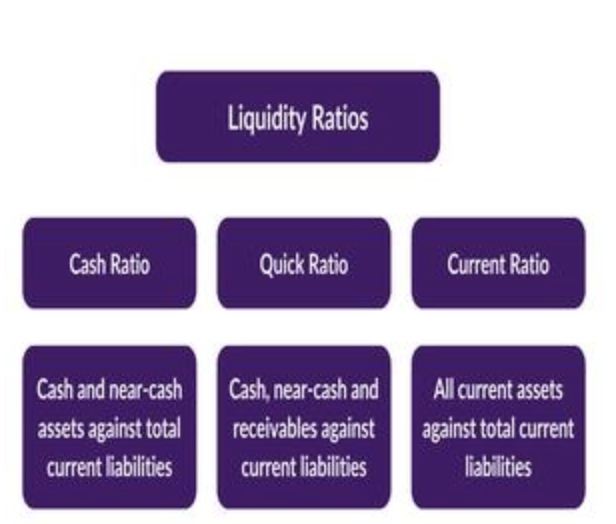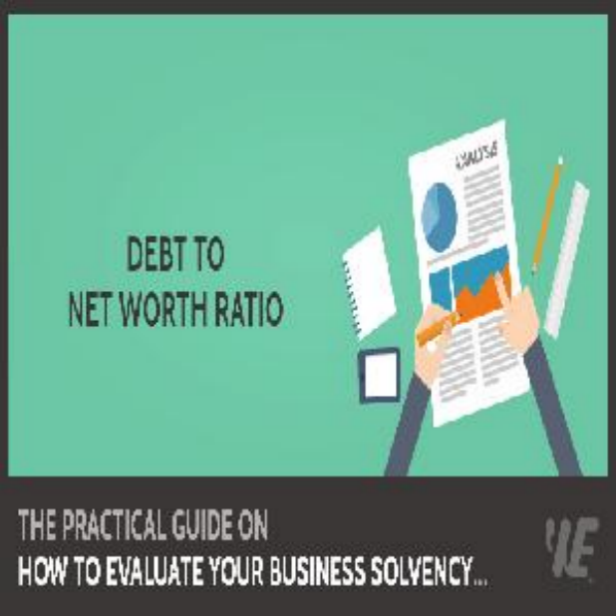“Interest Type Matters More Than Rate”
Don't get too caught up in nominal interest rates—instead, consider whether the loan is based on simple or compound interest. Wealthy individuals frequently have loans that involve compounding, such as certain private mortgages or margin loans. In these cases, unpaid interest adds to the principal plus any past interest owed. Over a decade, even a loan with a 5% compound interest rate can end up being more expensive than a 7% simple-interest loan. It's generally better to pay off compound loans first, even if the interest rate looks lower; utilizing compound interest while investing can diminish long-term wealth. With simple-interest loans, like some luxury car loans, investing might be beneficial if the returns are higher than the interest rate.
"Tax-Deductible Interest: A Hidden Tradeoff"
Some people fail to recognize that certain loan interests can be deducted from taxes, which can change the strategy. For instance, the interest on a mortgage for your main home or rental property often lowers your taxable income. For those earning high incomes, a 6% mortgage rate may only feel like 4% after taxes. In this situation, it could be more prudent to invest in assets yielding over 5% after-tax returns (such as dividend stocks or private credit) rather than making extra loan payments. Unless you lack better investment choices, do not pay off tax-deductible loans early; the tax benefits act like a “subsidy” that enhances your financial position.

"Investment Liquidity: Match to Loan Terms"
It’s important to ensure that the liquidity of your investments aligns with your loan repayment schedule. When you have a short-term loan (1-3 years, for example, a yacht loan), steer clear of illiquid investments, like private equity or real estate. Even if these investments claim to offer 8% returns, you may have to sell them at a loss to repay the loan. Instead, select liquid assets (like high-yield bonds or money market funds) that provide cash access when needed. For long-term loans (over 10 years, like a commercial property mortgage), investing in less liquid growth assets can be beneficial, as their returns may surpass the interest expenses without the pressure of needing liquidity.

Evaluate the hidden costs of using funds for paying down debt. If you possess $500,000 to either pay off a 5% loan or invest in a private startup, reflect on the startup's potential for growth. If it's projected to double within five years (yielding a 14% annual return), repaying the loan could mean forgoing considerable wealth. For affluent individuals, “opportunity cost” extends beyond simply comparing rates; it involves access to premium investment opportunities (such as venture capital or luxury collectibles) that achieve higher returns than loan interest. Repayment should only happen if other investment options are unavailable; otherwise, consider using low-cost debt to invest in higher-growth ventures.
"Debt-to-Net-Worth Ratio: A Safety Buffer"
Your total debt level informs your financial decisions. A debt-to-net-worth ratio below 20%—which is typical for wealthy individuals—suggests that investing poses less risk; you have enough resources to manage loans in a market downturn. Conversely, if this ratio is above 30%, it’s wise to focus on paying down debts to mitigate risk. For example, an individual with a net worth of $10 million and $2 million in loans (a 20% ratio) has the capacity to invest any surplus money, while someone with $4 million in loans (a 40% ratio) should prioritize eliminating debt first. This ratio serves as a safeguard, helping to balance the pursuit of growth with financial security without relying solely on interest rate assessments.








